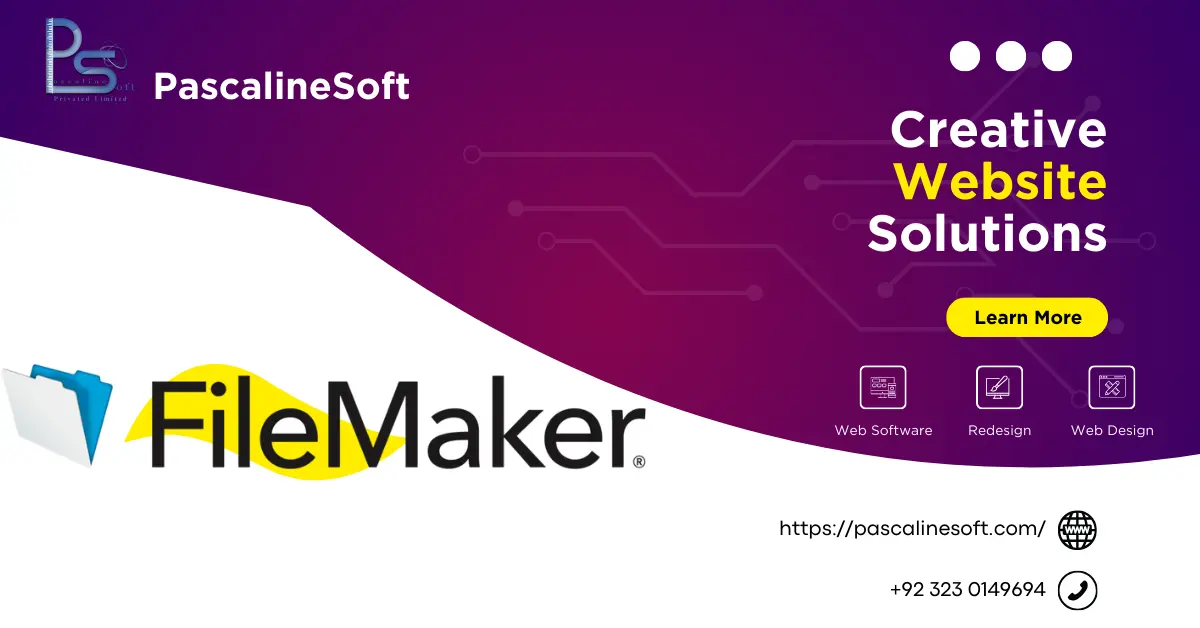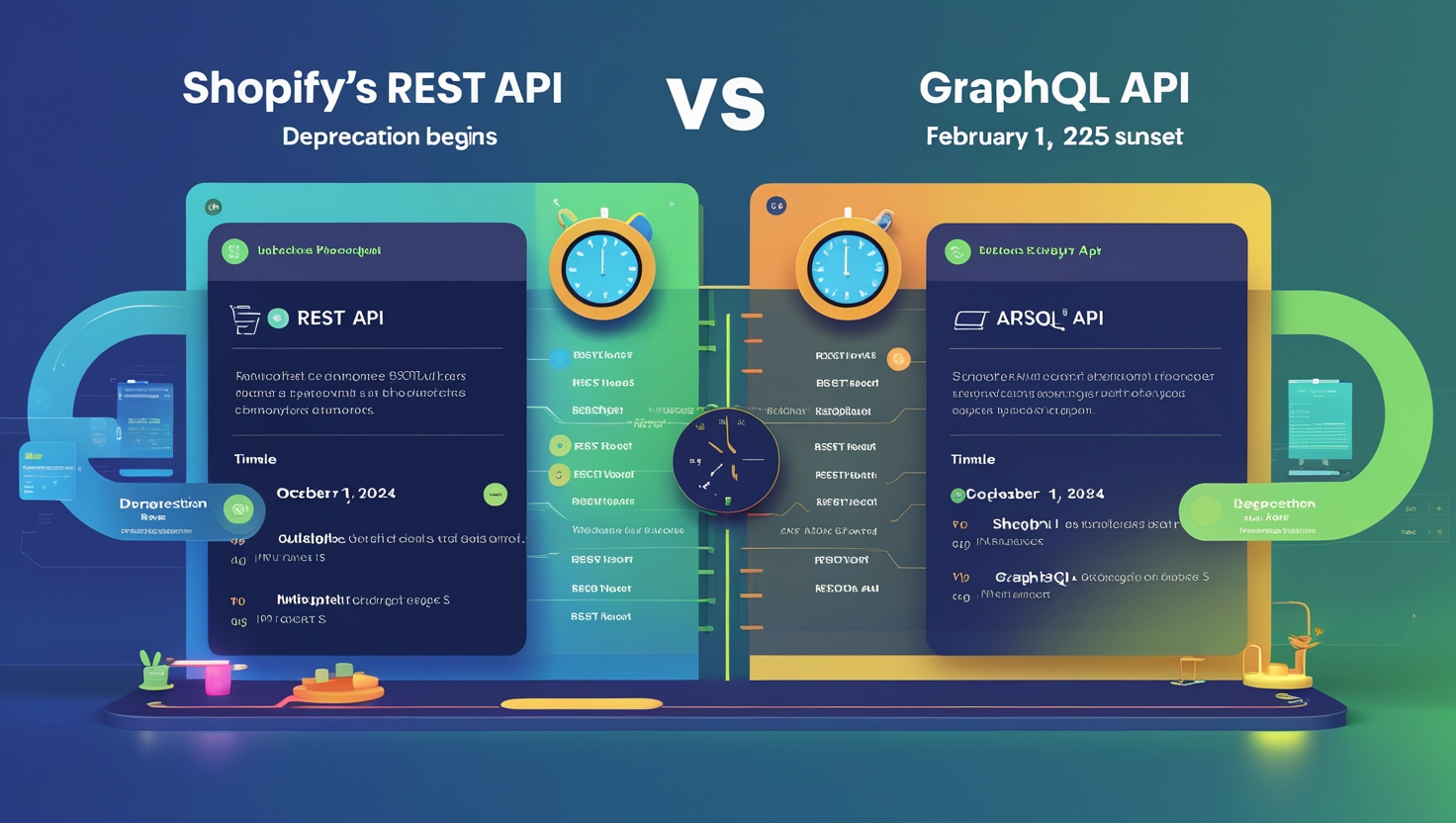Introduction to Database Migration
What Is Database Migration?
Database migration is data flow between several databases. Depending on what is required, data can be transferred to a new platform, upgraded to a more efficient system, or aggregated from many sources into one database.
Thank you for reading this post, don’t forget to subscribe!One cannot exaggerate the importance of Database Migration in contemporary IT architecture. An effective and efficient database becomes critical for operational success as companies depend more and more on data-driven decision-making. A well-executed migration improves performance, security, and scalability whether one is updating legacy systems or moving to the cloud.
Why Businesses in Denmark Need Effective Migration Strategies
Like companies in other developed countries, Danish companies have special chances and difficulties using digital transformation. Following a good database migration can:
- Verify adherence to strict Nordic data privacy policies.
- Help businesses to use cloud computing for cost control and adaptability.
- Boost operational performance and data accessibility.
Challenges of Database Migration
While the benefits are substantial, database migration also comes with challenges, including:
- Data Loss: Improper handling can result in incomplete or missing data.
- Downtime: Migration processes can temporarily disrupt operations, affecting productivity.
- Performance Issues: Post-migration inefficiencies can arise without thorough optimization.
Importance of Expert Database Migration Services
Expertise is critical to overcoming these hurdles. A professional approach ensures data transfer, optimization, security, and reliability.
Why PascalineSoft?
PascalineSoft is a trusted leader in database migration in Denmark, providing tailored solutions for businesses across industries. With extensive experience in Salesforce, FileMaker, and cloud database migration, PascalineSoft ensures a seamless transition, minimizing risks and maximizing performance.
Importance of Migration Best Practices
Why Best Practices Matter
Adopting best practices is essential to avoid pitfalls and achieve a successful database migration. These practices:
- Ensure Data Integrity: Stop loss or corruption of data.
- Minimize Downtime: Keep company continuity all through the relocation.
- Enhance Security: Guard private information all during the operation.
Mitigating Risks Through Best Practices
Careful preparation and execution help companies reduce risks including performance problems, cost overruns, and regulatory infractions.
How PascalineSoft Implements Best Practices
PascalineSoft employs a structured approach to ensure successful migrations, including:
- Thorough Assessments: Understanding client requirements and database configurations.
- Customized Solutions: Tailoring migration strategies to specific business needs.
- Proven Tools and Techniques: Utilizing industry-leading tools for secure and efficient migrations.
Case Studies of Database Migration Solutions in Denmark
- Retail Industry Success: Migrated a legacy database to a cloud-based solution, reducing costs and improving access.
- Healthcare Sector Transformation: Ensured a secure migration for sensitive patient data while maintaining compliance with GDPR.
Step-by-Step Guide to Database Migration
Pre-Migration Planning
Assess Current Database Performance and Needs
Perform audits to spot areas needing work and bottlenecks
Choose the Right Migration Strategies and Tools
Determine whether a whole or phased migration approach suits your needs.
Select tools like ETL (Extract, Transform, Load) for seamless data transfer.
Data Backup and Validation
- Importance of Secure Backups
-
- Create comprehensive backups to safeguard against unexpected issues.
- Ensuring Data Integrity During the Transition
- Validate data accuracy before, during, and after the migration.
Migration Execution
- Cloud Database Migration vs. On-Premise Options
-
- Cloud migration offers flexibility and scalability, while on premise solutions may suit businesses with strict control requirements.
- FileMaker and Salesforce Database Migration Processes
- PascalineSoft specializes in migrating FileMaker and Salesforce databases, ensuring compatibility and performance.
Post-Migration Testing and Optimization
- Ensuring Data Accuracy and Application Performance
-
- Test migrated databases thoroughly for functionality and reliability.
- PascalineSoft Database Optimization Services
- Fine-tune database configurations for peak performance post-migration.
Why Choose PascalineSoft for Database Migration in Denmark
Expertise in Diverse Platforms
PascalineSoft specializes in Salesforce, FileMaker, and legacy database migration. Their expertise spans:
- Transitioning from outdated platforms to modern solutions.
- Integrating databases with cloud-based applications.
Custom Solutions for Danish Businesses
Each business is unique, and PascalineSoft offers tailored solutions to address:
- Industry-specific challenges.
- The scalability needs of SMEs and large enterprises.
Commitment to Security and Compliance
For companies doing business in Denmark, PascalineSoft guarantees adherence to data security policies and GDPR compliance, which is absolutely crucial.
Proven Track Record
- Testimonials from Clients: “PascalineSoft turned our migration nightmare into a seamless experience. We couldn’t be happier!”
- Success Stories: Case examples of improved performance, reduced costs, and enhanced data security.
FAQs
What is the typical timeline for a database migration method?
The timeline depends on the database size, complexity, and migration scope, but PascalineSoft often completes migrations within weeks.
How does PascalineSoft ensure data security during migration?
Through encryption, secure backups, and adherence to compliance standards.
What platforms does PascalineSoft specialize in for migration?
Salesforce, FileMaker, legacy systems, and cloud databases.
Can database migration help improve system performance?
Yes, especially when combined with post-migration optimization.
What is the cost of database migration services in Denmark?
Costs vary by scope, but PascalineSoft provides competitive and transparent pricing.
How does migration of clouds databases differ from on-site migration?
Cloud migration offers scalability and flexibility, while on premise provides direct control.
What tools does PascalineSoft use for database migration?
Tools like ETL software and platform-specific utilities for accuracy and efficiency.
PascalineSoft professionals support which kinds of databases?
Relational, non-relational, cloud-based, and on premise databases.
Does PascalineSoft offer post-migration support?
Yes, including optimization and troubleshooting services.
How does PascalineSoft minimize downtime during migration?
By planning phased migrations and scheduling transitions during off-peak hours.
Conclusion
Recap of Best Practices
Highlight the importance of pre-migration planning, secure backups, and post-migration optimization.
Call to Action
Ready to upgrade your database systems? Contact PascalineSoft today for expert database migration services tailored to your needs. Request a consultation and transform your database with the trusted experts in Denmark.








